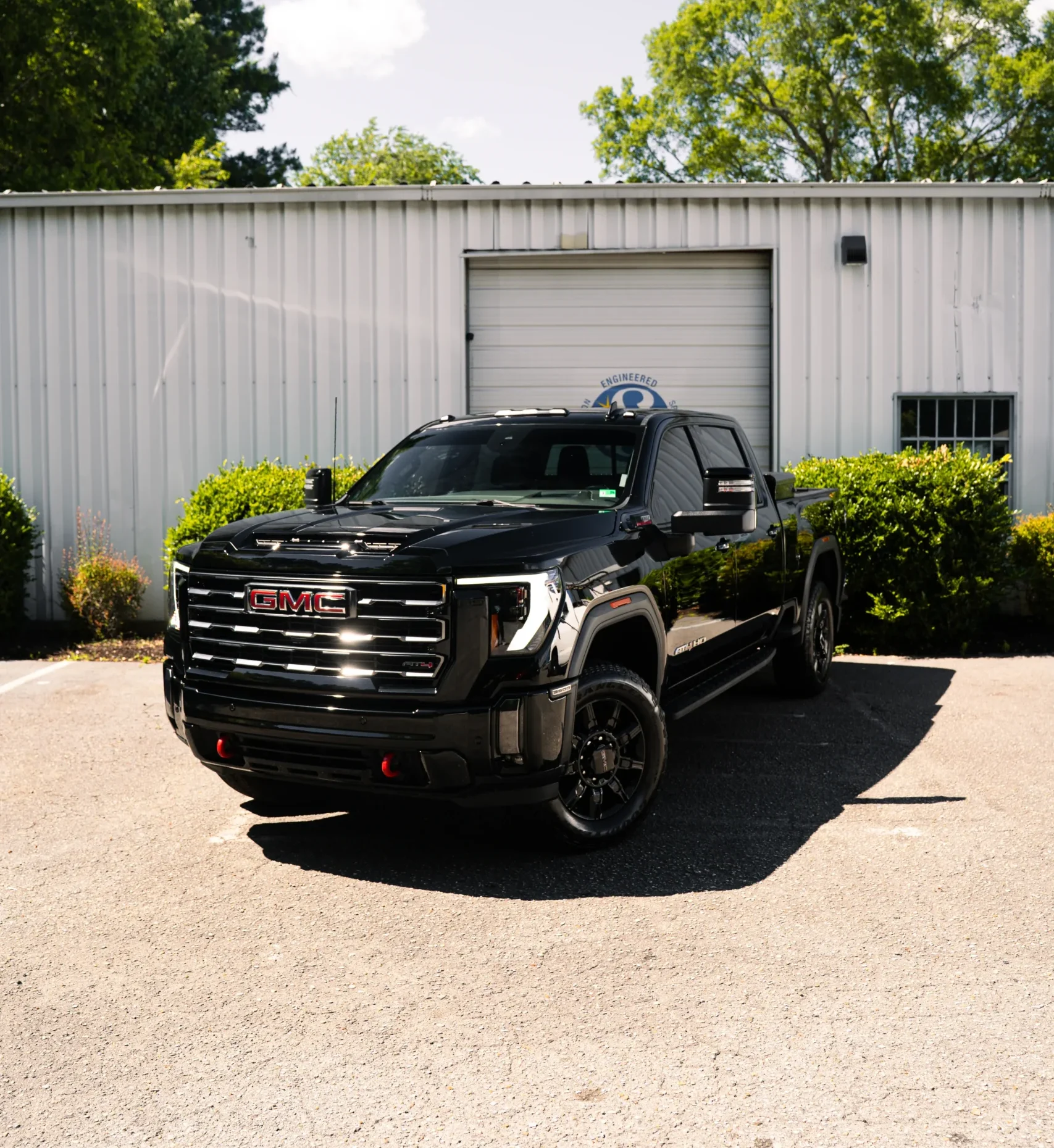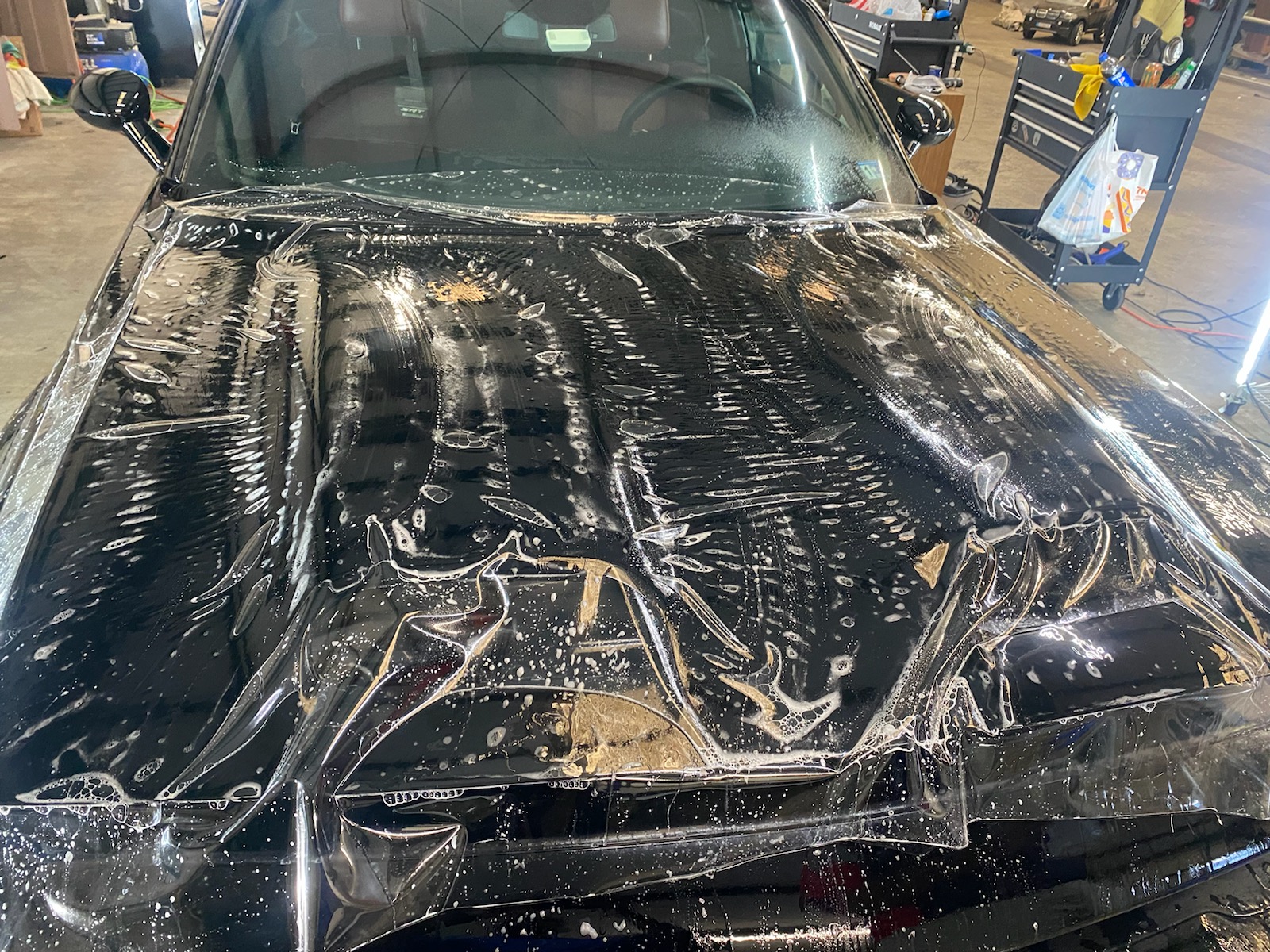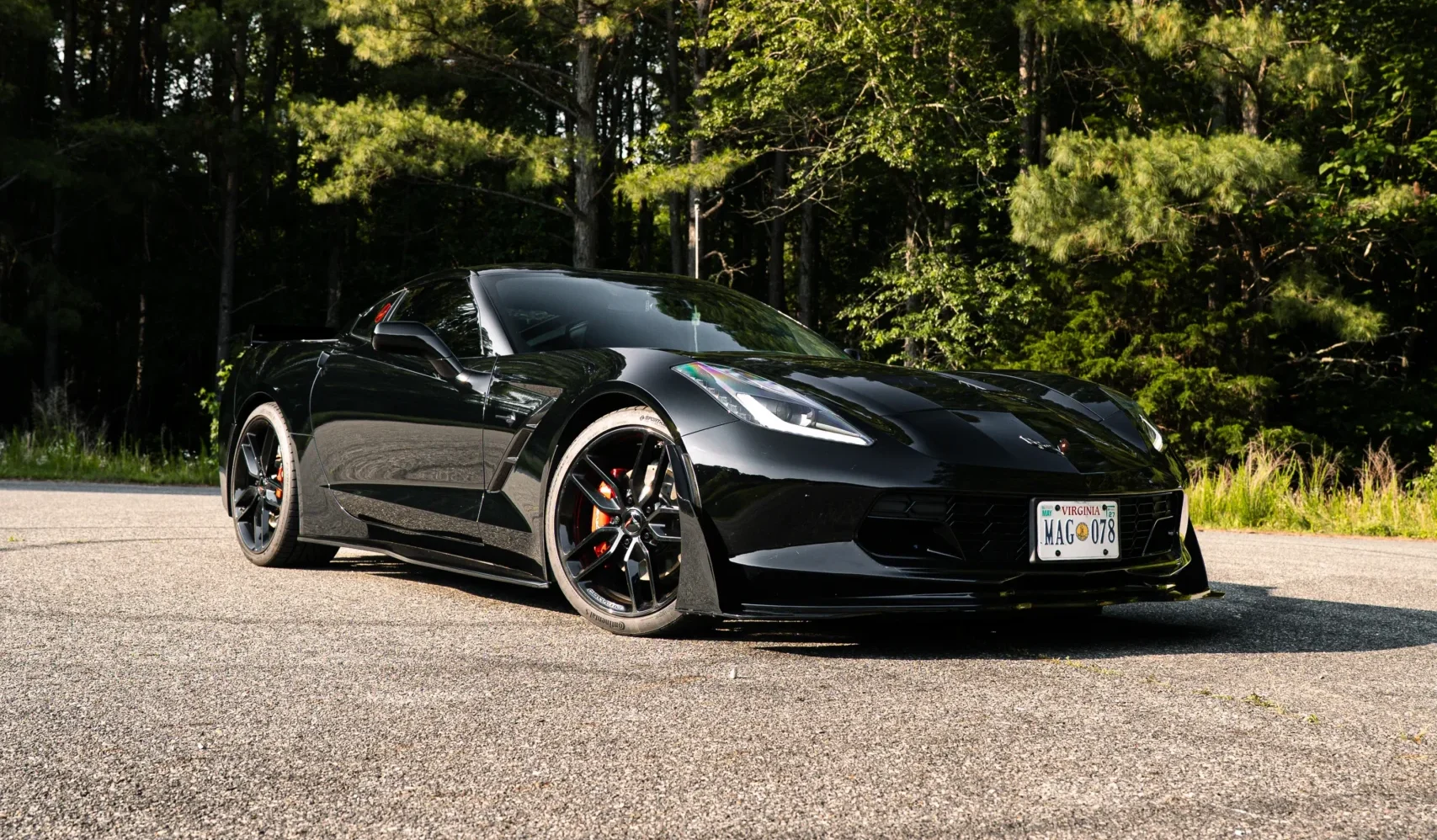Paint Protection Film in Williamsburg, VA
Paint protection film in Williamsburg, VA is ideal for shielding high-impact areas from chips and scratches caused by highway commuting, weekend travel, and busy local traffic. I Shine For You Auto Detailing installs premium film that keeps your paint looking newer while you enjoy everything from Colonial Williamsburg tours to shopping, dining, and golf around the region.
Ultimate Shield for Your Vehicle's Paint
Every time you drive your car, its paint is exposed to environmental hazards, road debris, and other factors that can diminish its appearance. Paint Protection Film, also known as a clear bra, provides an invisible barrier that protects your vehicle from these everyday threats. Whether you’re driving through Williamsburg’s scenic roads or commuting in town, PPF ensures your car remains immaculate.
PPF offers a range of benefits that go beyond simple aesthetics. Here are the top reasons to consider it for your vehicle:
- Scratch Resistance: PPF is designed to absorb and resist minor scratches, preventing damage from spreading.
- Self-Healing Technology: Many PPF options include self-healing properties, where minor abrasions and swirl marks disappear with heat or sunlight exposure.
- UV Protection: Harmful UV rays can fade your car’s paint over time. PPF acts as a protective layer, maintaining the vibrancy of your paint.
- Chemical Resistance: The film protects against harsh contaminants like bird droppings, tree sap, and road salt.
- Crystal Clear Finish: Modern PPF is nearly invisible, so your vehicle’s original color and shine remain intact.
Professional Paint Protection Film Installation
Installing paint protection film is a delicate process that requires precision, expertise, and the right tools. At I Shine For You Auto Detailing, we specialize in providing professional-grade PPF installation that delivers a flawless finish. Our team of trained technicians uses state-of-the-art equipment and techniques to ensure a seamless application.
Thorough Cleaning
Before applying PPF, we meticulously clean your vehicle to eliminate dirt, dust, and contaminants. A clean surface ensures proper adhesion and a smooth finish.
Surface Preparation
We inspect your car for imperfections like scratches or swirl marks and address them to create an ideal base for the film.
Custom Film Cutting
Using advanced software and cutting-edge plotters, we create custom PPF templates tailored to your vehicle’s make and model.
Precise Application
Our skilled technicians apply the film with care, ensuring no bubbles, wrinkles, or misalignments.
Quality Inspection
Once the installation is complete, we inspect every detail to guarantee the highest quality results.
Preserve Your Car's Pristine Look
Your car deserves to look as stunning as the day it left the showroom. Paint Protection Film (PPF) acts as a safeguard, preserving your vehicle’s flawless finish while protecting its value. This proactive investment keeps your car looking newer for longer, ensuring it maintains its aesthetic appeal and commands a higher resale price when the time comes.
From gravel and road debris to relentless UV rays and chemical stains, your car’s paint faces daily threats. PPF creates an invisible shield, preventing damage from rock chips, scratches, and environmental contaminants like bird droppings and tree sap. Even the inevitable wear from shopping carts or accidental bumps becomes a worry of the past. With PPF, you can drive confidently, knowing your vehicle is shielded from life’s everyday hazards.

Trusted Paint Protection Experts in Williamsburg
Choosing the right provider for paint protection film installation can make all the difference in the quality and durability of the results. At I Shine For You Auto Detailing, we combine years of expertise with an unwavering commitment to excellence, ensuring every project meets the highest standards. Our mission is simple: to provide flawless, long-lasting protection that not only meets but consistently exceeds your expectations.
What sets us apart is our attention to detail and dedication to quality. Our certified technicians are expertly trained in the latest PPF installation techniques, delivering precision and a seamless finish every time. As a Williamsburg-based business, we understand the unique challenges local drivers face and customize our services to meet these needs. With top-tier materials and meticulous care, we guarantee superior protection for your vehicle, backed by a passion for perfection.


Enhance Your Vehicle’s Longevity with PPF
Paint protection film does more than enhance your car’s appearance—it also extends its lifespan by preventing damage and reducing the need for costly repairs. This makes PPF a smart investment for any vehicle owner.
- Cost Savings: By reducing the risk of paint damage, you’ll save on potential repair costs down the road.
- Low Maintenance: PPF’s hydrophobic properties repel water, dirt, and grime, making it easier to keep your car clean.
- Improved Resale Value: A well-maintained exterior adds significant value when it’s time to sell your car.
- Long-Lasting Protection: High-quality PPF can last up to 10 years with proper care, offering durable defense for your vehicle.
Why Choose Us for Paint Protection Film?
At I Shine For You Auto Detailing, we understand that your car is more than just transportation—it’s a reflection of your style and an important investment. That’s why we go above and beyond to provide the best paint protection film services in Williamsburg, VA.
Exceptional Craftsmanship
Every PPF installation we perform is executed with unparalleled precision and meticulous care. Our technicians are skilled artisans who treat every vehicle as a masterpiece, ensuring a seamless, durable finish that enhances your car’s appearance and protection.
Transparent Pricing
We believe in honest, straightforward pricing with no hidden fees or surprises. Our competitive rates ensure you receive the highest-quality service and products at a fair value, giving you confidence in your investment.
Convenient Service
Based in Williamsburg, we’re strategically located to provide accessible and timely service for our customers. Whether you need a consultation or a full PPF installation, we’re here to meet your needs at your convenience.
Customer Satisfaction
Your happiness is our ultimate goal. From consultation to installation, we prioritize your needs and preferences, ensuring you’re completely satisfied with our service. We’re not satisfied until your expectations are exceeded.
Fill The Form Below To Get Started
Schedule Your Paint Protection Service Today
Don’t wait until your vehicle’s paint is damaged—take proactive steps to protect it today. At I Shine For You Auto Detailing, we’re proud to be Williamsburg’s trusted experts in paint protection film installation. From minor coverage to full-body protection, we have the solutions to meet your needs.
Experience the peace of mind that comes with knowing your car is protected by the best in the business. We also offer Tesla Paint Protection services in Williamsburg, VA. Schedule your paint protection film installation today and let us help you keep your car looking flawless for years to come.
(757) 378-2844
5691 Mooretown Rd Williamsburg, Va 23188
Follow Us
EXCELLENTTrustindex verifies that the original source of the review is Google. Great, easy experience. Got my car detailed and it looks brand new! Staff was very nice and had excellent customer service. I definitely recommend this place!Posted onTrustindex verifies that the original source of the review is Google. Kenya, the owner, is very customer service oriented. I am a repeat customer, and I am always pleased with the work quality.Posted onTrustindex verifies that the original source of the review is Google. They do great work at this establishment. The owner is very personable and makes sure the job is done right. They are customer oriented and once you have their service you will become a repeat customer. I recommend giving them a shot if your in any of the surrounding cities.Posted onTrustindex verifies that the original source of the review is Google. Great job with the ceramic tint on my car! 5 stars all day long!Posted onTrustindex verifies that the original source of the review is Google. Professional, fast, and very fair pricing! I'm pleased with their results and will be back!Posted onTrustindex verifies that the original source of the review is Google. Very happy with the expel paint protection film I had placed on my Camaro. Job was done on time. Paid attention to detail and protected my front end as I wished it would be done. Excellent business to trust your vehicle with. I was referred to this business by my house. Painter, who had his truck done by them. Definitely a great referralPosted onTrustindex verifies that the original source of the review is Google. iShine gave me everything I wanted and more. Had my nissan wrapped for my daughter sweet sixteen birthday. She loves it. iShine was very professional and provided great service. The quality of work, was perfect....Posted onTrustindex verifies that the original source of the review is Google. Great small business, great detail, great everything. Thanks for taking care of my GLK....highly recommend these guys.Posted onTrustindex verifies that the original source of the review is Google. My New Beetle is 22 years old and whilst I have tried to keep her clean the detailing provided by IShine made her look like new! The exterior shined and the leather seats were so clean they looked like a wonderful new color. I could not be happier and I thank everyone at iShine for the rapid, expert, caring & pristine work. I highly recommend iShine!Verified by TrustindexTrustindex verified badge is the Universal Symbol of Trust. Only the greatest companies can get the verified badge who has a review score above 4.5, based on customer reviews over the past 12 months. Read more
Frequently Asked Questions About Paint Protection Film
